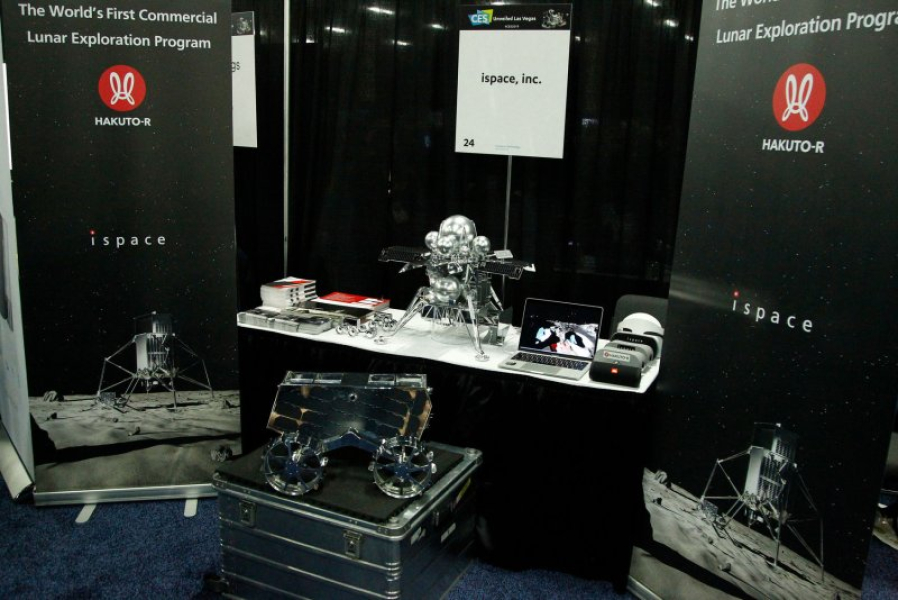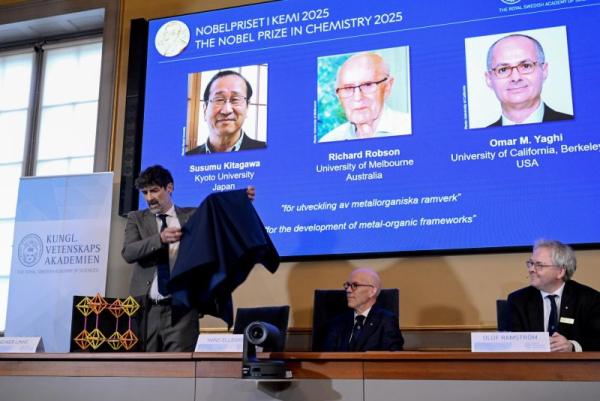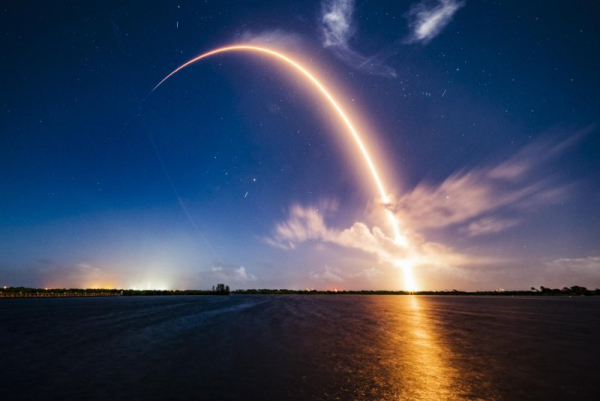
Japanese company iSpace announced on Tuesday that a “hard landing” during its moon landing attempt in early June was due to an anomaly in the laser rangefinder.
In its analysis of the SMBC X HAKUTO-R VENTURE MOON mission 2, ispace indicated that the hard landing was due to an “anomaly in the laser rangefinder hardware,” while telemetry data showed no problems with the lander's software or propulsion system.
The LRF unit did not provide altitude measurements until it was less than half a mile above the surface. However, it was originally designed to provide altitude data when the spacecraft was at least 2 miles above the ground.
Reflection of laser light back to the lander, insufficient laser power, degradation of performance at higher speeds, or exposure to space environments such as vacuum or radiation are just a few factors that could affect the performance of the laser rangefinder.
“On June 6, despite the collective efforts and dedication of the ispace team, our second attempt to land on the moon failed, which was a deep disappointment,” said Ispace founder and CEO Takeshi Hakamada. “We sincerely regret that we were unable to meet the expectations of our shareholders, customers, HAKUTO-R partners, government officials, and all those who supported us.”
“Ispace will not let this be a failure. We will not rest on our laurels, but as determined pioneers of the cis-scientific economy, we will strive to regain the trust of all stakeholders and continue on to the next mission.
ispace Chief Technology Officer Ryo Ujii said the company is taking serious steps to address the issue. One step is to conduct a more thorough test plan to evaluate the laser rangefinder's performance under various conditions. The second step is to consider purchasing another laser rangefinder.
These changes will not apply to missions 3 and 4, which are scheduled to launch in 2027.
“We take this very seriously,” said Takeshi Hakamada, CEO of ispace, referring to the failed landings of the first two missions. “But the important thing is that we keep trying. There may be some failures, but we continue to improve our systems.”
“Our main goal today is to convey that ispace, as a challenger, is already moving forward with its next mission,” he added, vowing to regain the trust of its customers and other stakeholders. “We aim to show that ispace will continue to grow despite this setback.”
“We take this very seriously,” said Takeshi Hakamada, CEO of ispace, about the failed landings of the first two missions. “However, it’s important that we keep trying. There may be some failures, but we continue to improve our systems.”
“Our main goal today is to convey that ispace, as a challenger, is already moving forward with its next mission,” he said, promising to regain the trust of its customers and other stakeholders. “We aim to show that ispace will continue to grow despite this setback.”
Sourse: www.upi.com





